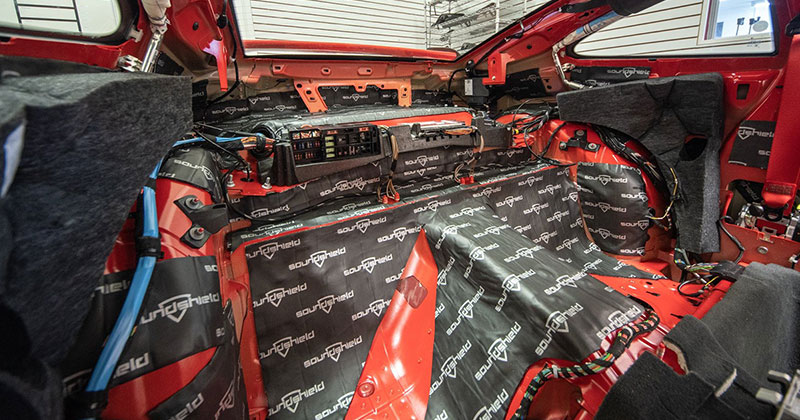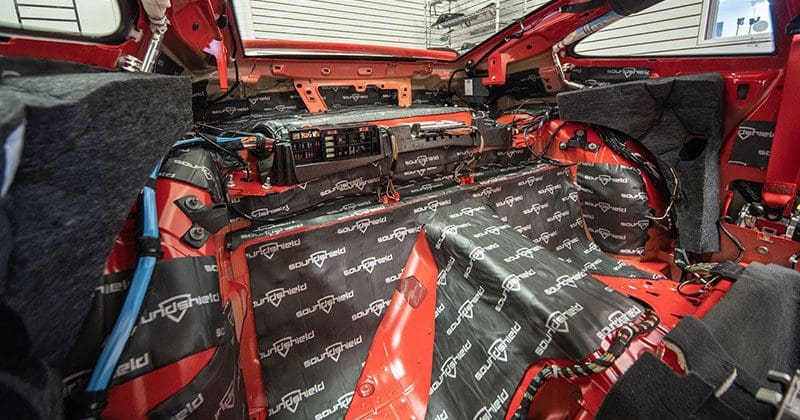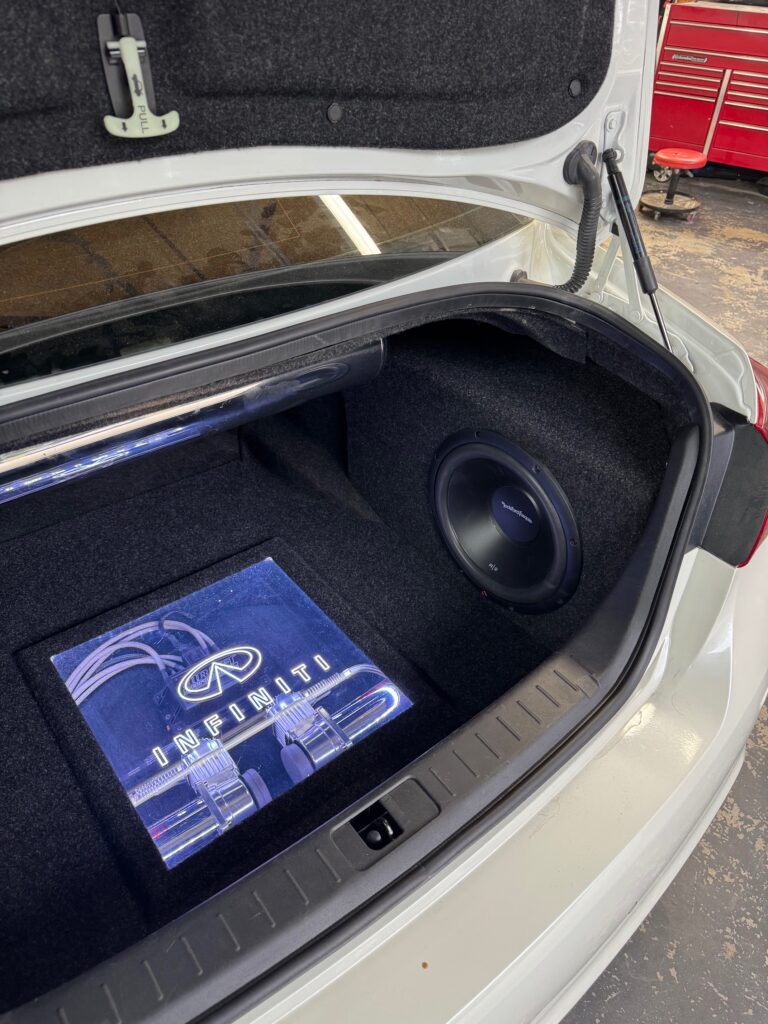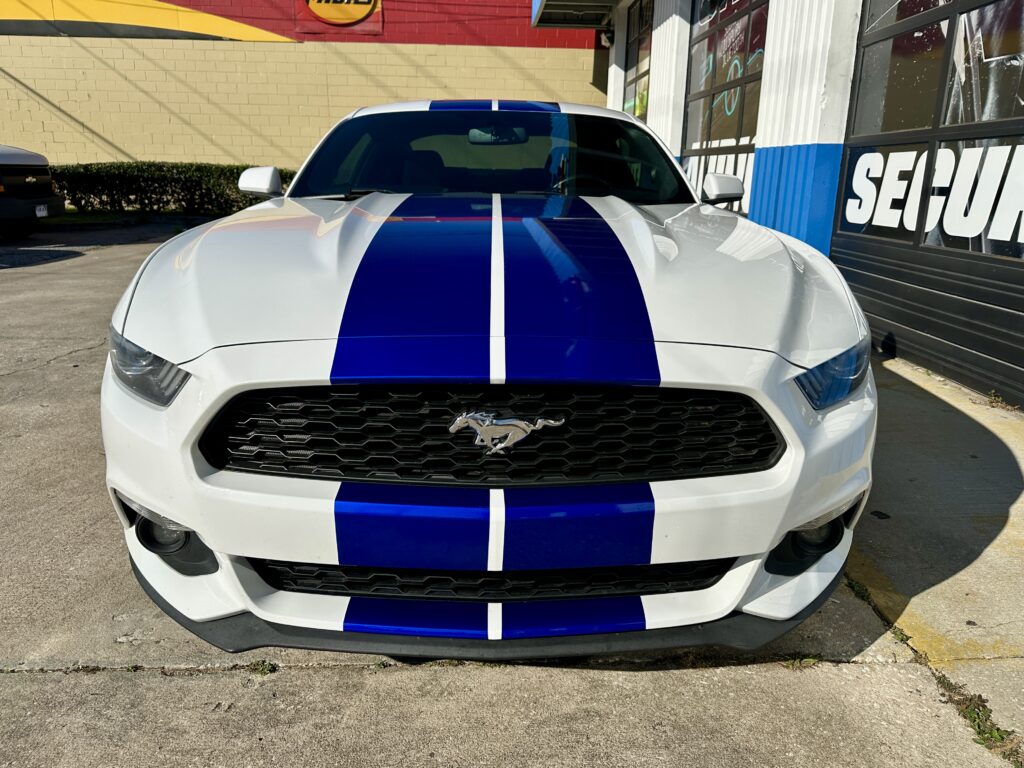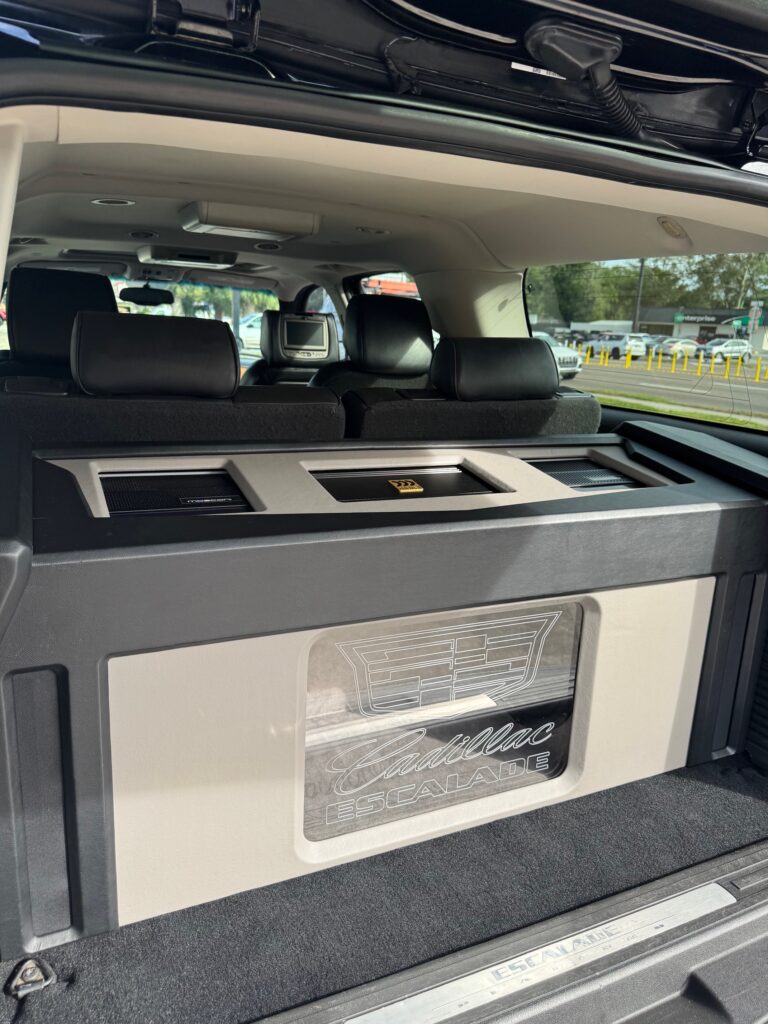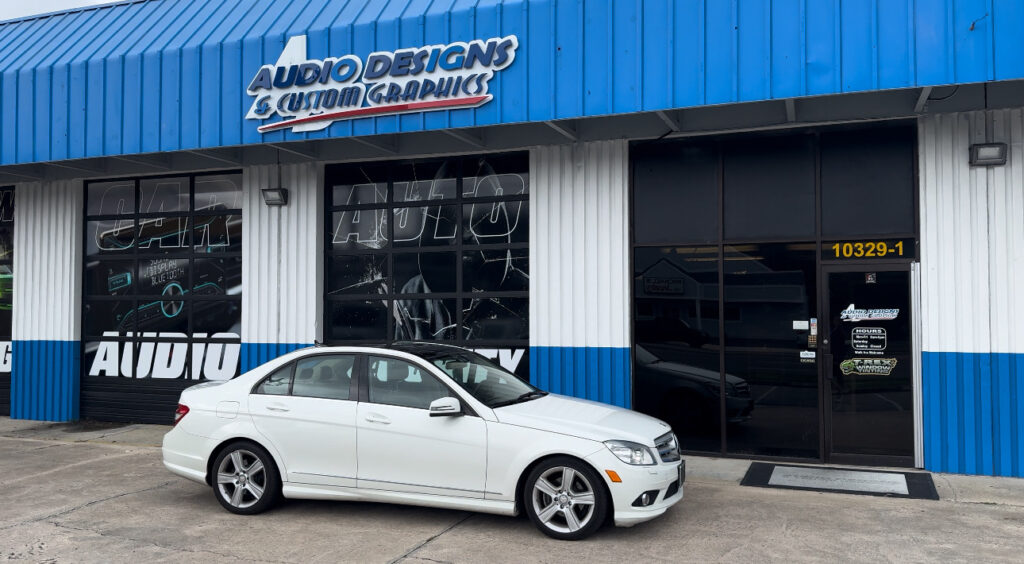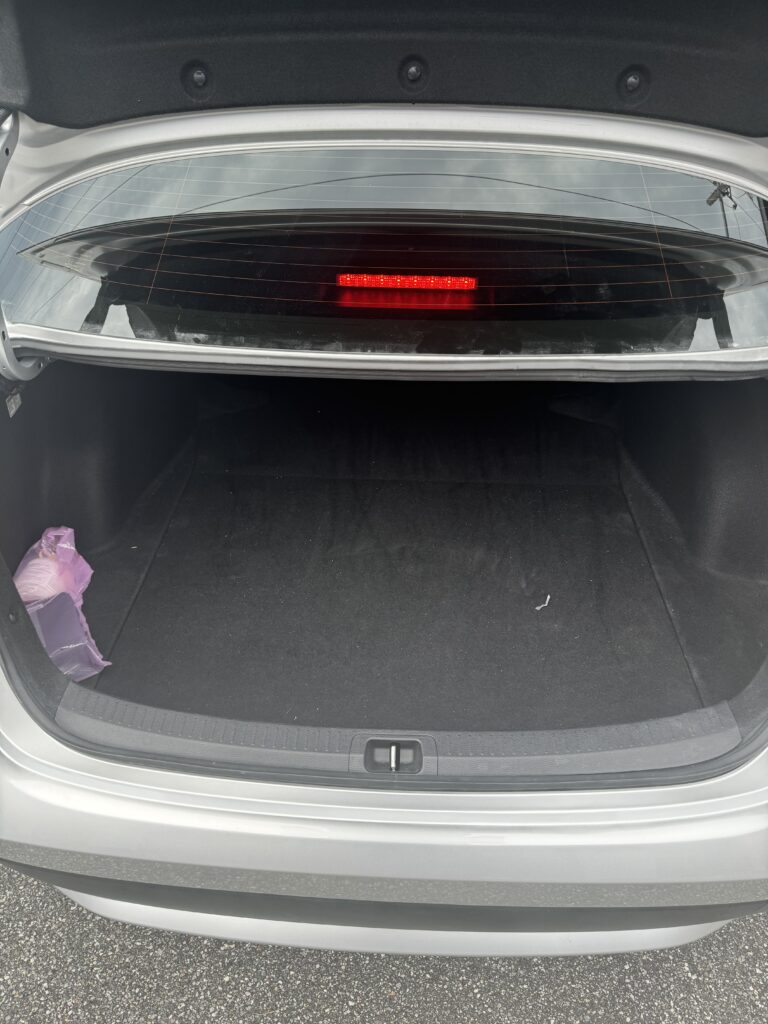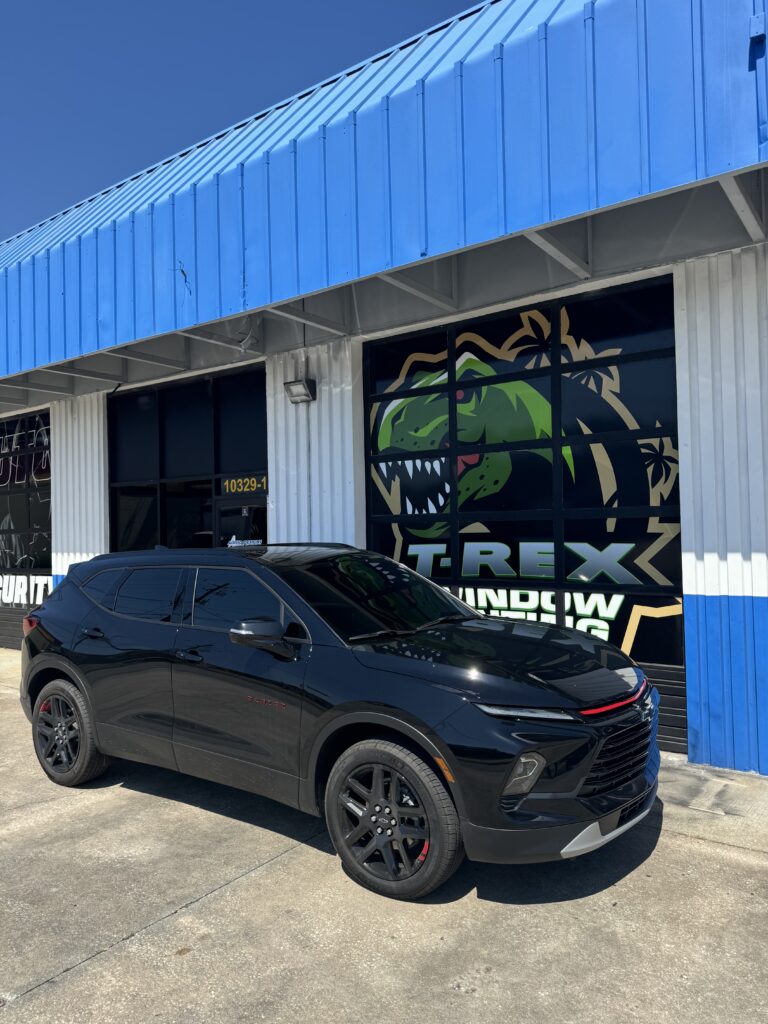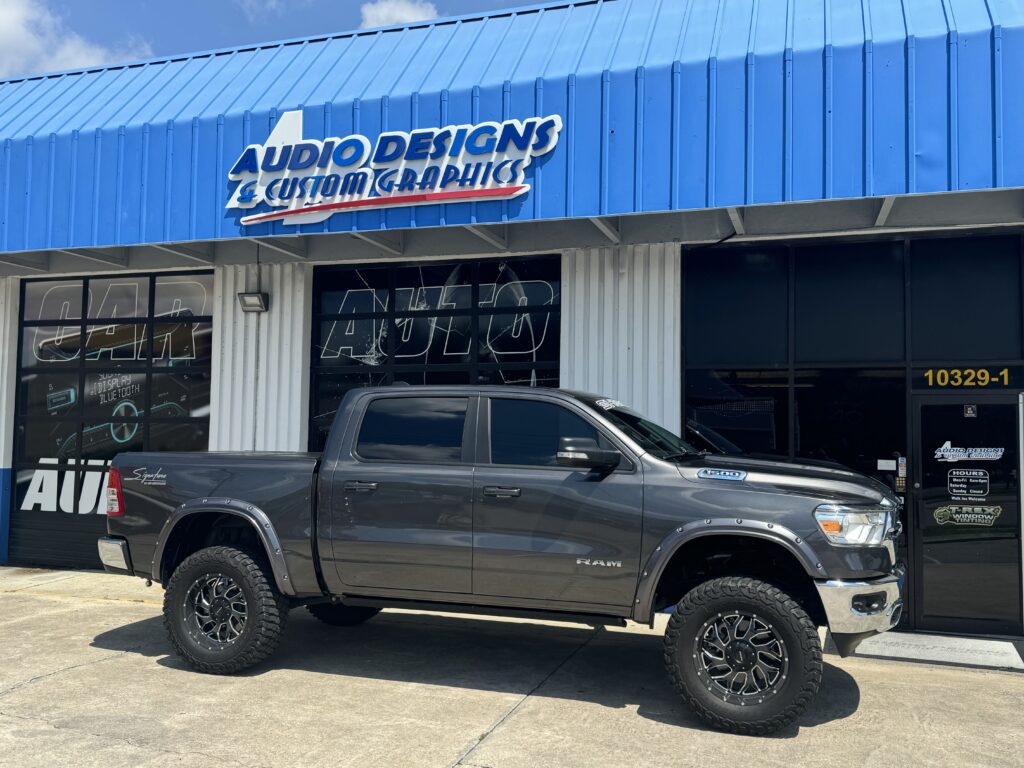One trait that has come to be universally expected among luxury vehicles is the quietness of their interior. Once exclusive to such premium vehicles as Mercedes, Audi, BMW and Rolls-Royce, companies like Hyundai and Kia are delivering startlingly quiet interiors. In addition to minimizing road and wind noise, the drone of an exhaust system and the hum of the tires, a quiet cabin lets you hear more of your music and makes your hands-free Bluetooth calls sound better. Let’s take a look at how your local specialty mobile enhancement retailer can make your vehicle more luxurious.
How Automakers Create Quieter Vehicles
Automakers use technologies like Active Noise Cancellation (ANC) that combines information from microphones placed around the interior with signal processing that uses the sound system speakers to cancel out low-frequency road noise. So far, this technology isn’t available in the aftermarket.
Another popular noise control solution are tires that are lined with polyurethane foam to reduce noise. Michelin suggests that tires equipped with its Acoustic Technology can be as much as 20% quieter than a conventional tire.
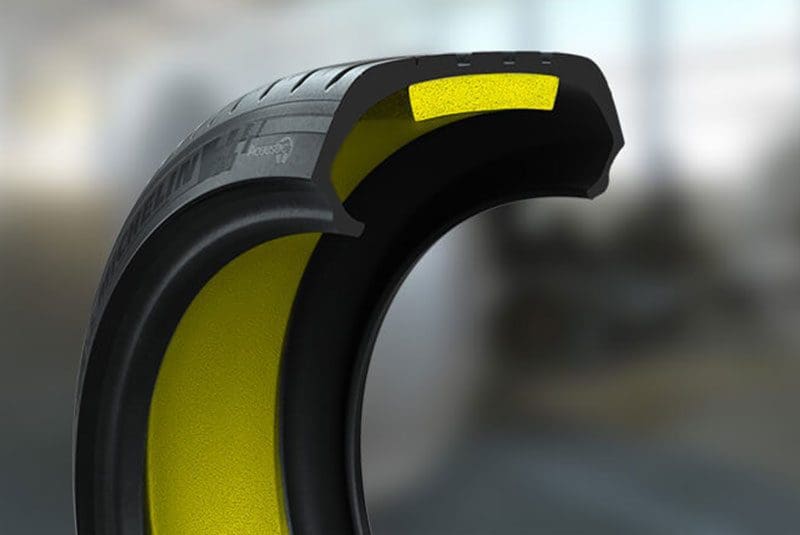
Automakers also fill voids in the chassis with special closed-cell foam to reduce noise transfer and increase vehicle rigidity. The foam also reduces noise transfer into the vehicle.
How Can You Make Your Vehicle Quieter?
As interesting as it is to know how automakers make cars quieter, you might be interested in a simple solution to increase the comfort of your vehicle. The answer is sound deadening. Companies such as SoundShield, Dynamat, Stinger, Wirez, Hushmat, Resonix and many more offer products that can be affixed to the flat surfaces of your car or truck to reduce the noise that transfers into the vehicle. These damping mats, also known as constrained layer damping material, reduce the ability for the metal panels that make up the doors, roof and floor of your car to vibrate and pass sound into the interior.
Steps To a More Luxurious Vehicle
When it comes to blocking noise, the first step is usually to have your installer treat the outer door skins with constrained layer damping mats. These panels are often large and relatively flat, making them a prime source of noise.
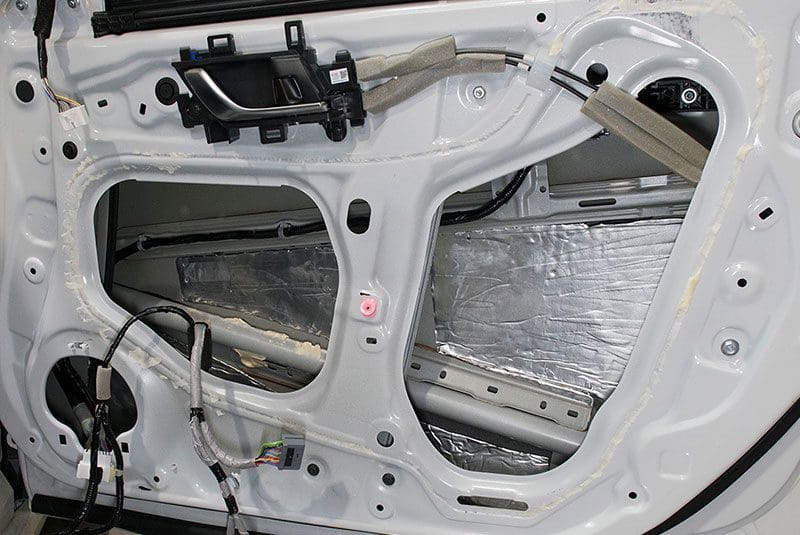
The next step is to seal up any openings in the interior door skin. Not only do these openings allow sound to enter the vehicle, they dramatically reduce the performance of any speakers in the doors. Even factory-installed woofers will perform much better once the doors are sealed up.
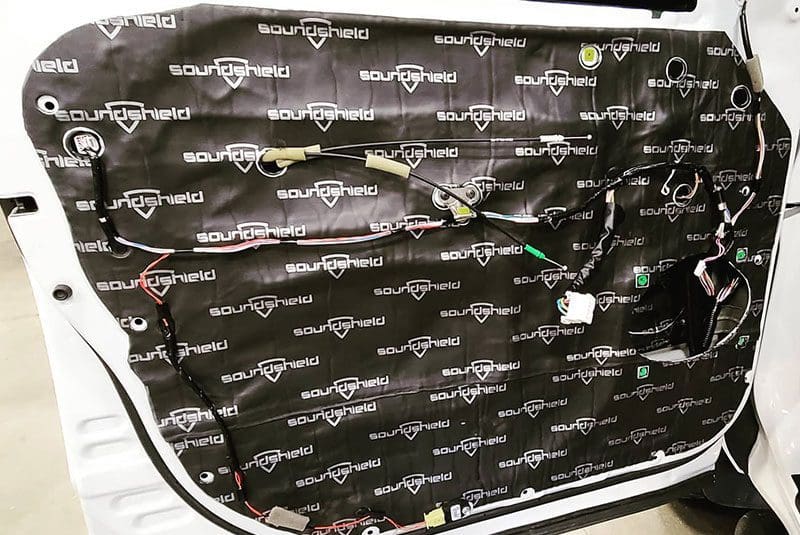
Once the doors are quiet, you will want to turn your attention to the floors and fenders. Tire, exhaust and mechanical noise from the engine and transmission can be reduced significantly with a layer of quality deadening.
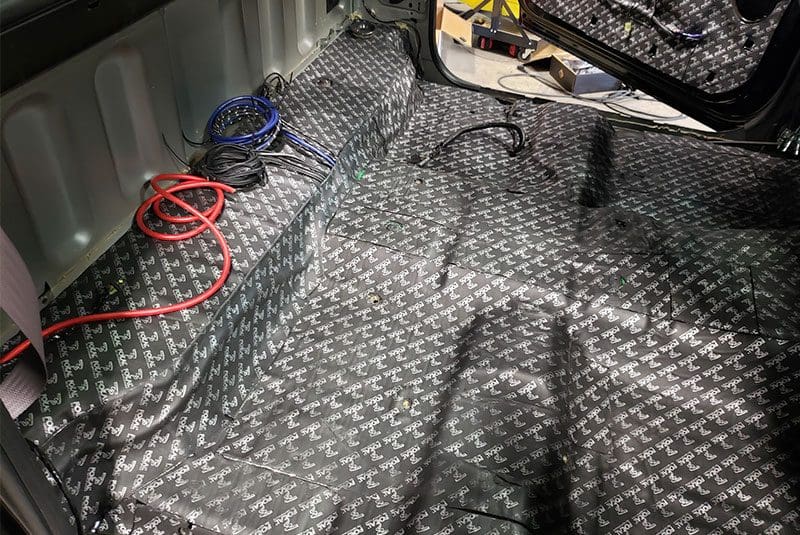
As you can see from the photo of the red Porsche 911 (courtesy of Matt Schaffer from Sound FX Off-Road and Car Audio in Lewes, Delaware), not every square inch of the vehicle needs to be covered for deadening to do its job.
Last and certainly not least, treating the roof with proper noise control will cut down on wind noise. Make sure the sound deadening material you have chosen can withstand being installed upside down. Not all of them have an adhesive that is strong enough to defy gravity for years and years.
How Much Quieter Will My Vehicle Be?
Many customers ask how much improvement a layer of sound deadening will make. It’s difficult to provide an exact number because it depends on how much deadening already exists and the design of the vehicle. Treating an entire interior (doors, floor, fenders and roof) can easily reduce background noise by 10 to 15 dB, even on relatively new vehicles.
To find out how much quieter your vehicle can be, drop by your local specialty mobile enhancement retailer today and ask them about treating your vehicle with sound deadening. We can guarantee the improvement in luxury and comfort will be worth every penny you invest.

